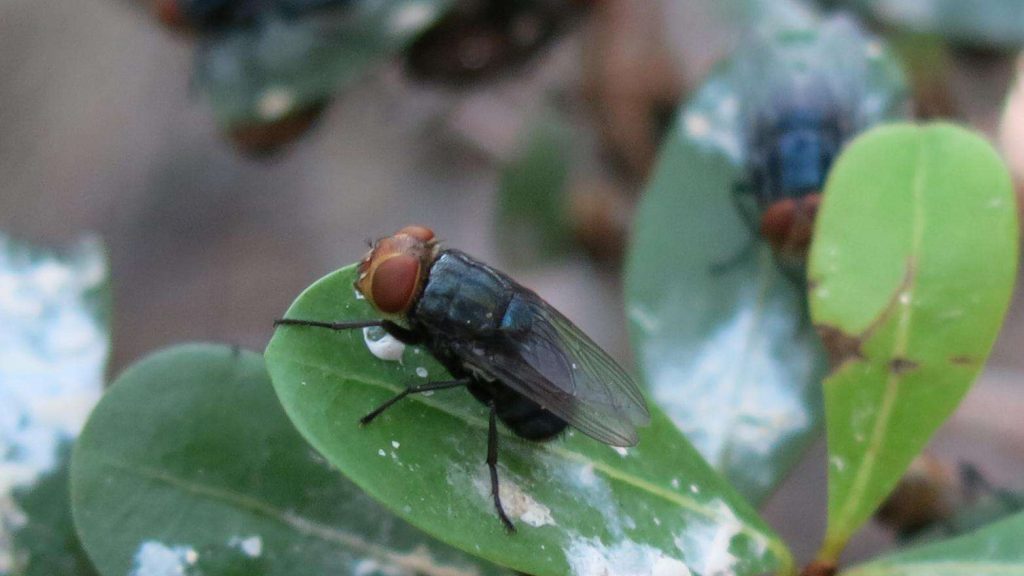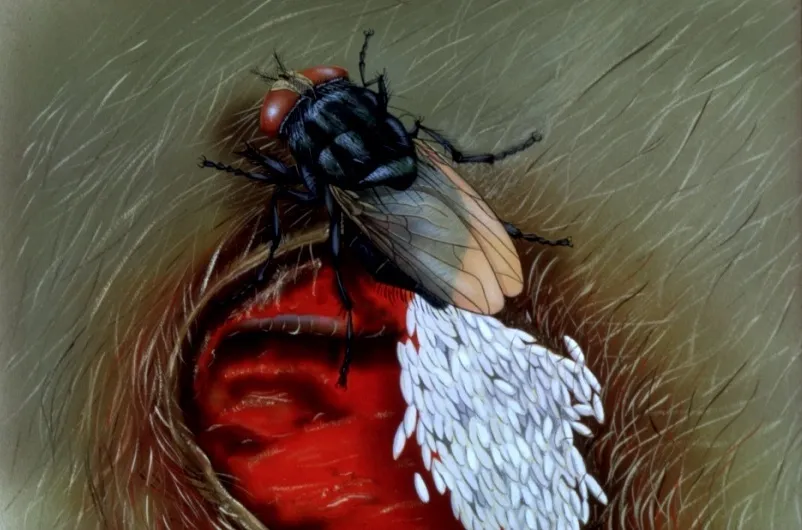Costa Rica has declared a state of emergency in the face of a rising threat that buzzes with an appetite for flesh—the New World Screwworm (NWS) fly. Nearly seven months into the re-emergence of this voracious insect, the country is rallying its forces to combat an enemy that targets not just livestock but has marked its first human victim.
The Return of the Screwworm
Native to the Americas, the NWS fly has a historical track record of causing agricultural and ecological havoc. Characterized by its particularly gruesome reproductive strategy, the fly lays its eggs in open wounds, leading to infestations that can decimate wildlife populations, livestock, pets, and alarmingly, infect humans. The recent uptick in these flesh-eating pests has pushed Costa Rica into high alert, marking a significant setback in the country’s ongoing battle against this invasive species.

A Human Case Marks a New Low
With the Ministry of Health and the National Animal Health Service (SENASA) reporting Costa Rica’s first human infestation, the country is facing an unprecedented public health challenge. This grim milestone underscores the urgency of containing the spread, as memories of past outbreaks and their brutal impact on both the economy and ecology loom large.
A Beacon of Hope: The Eradication Effort
Historically, the United States Department of Agriculture (USDA) led a successful eradication campaign in North America during the 1960s, employing innovative strategies that Costa Rica hopes to replicate. The plan hinges on a concerted effort between government entities to “prevent, control, and eradicate” the burgeoning NWS population, drawing on decades of entomological warfare.
Understanding the Enemy
The NWS fly distinguishes itself from other parasites by its preference for the living over the dead. With a life cycle that can span from a mere 18 days in optimal conditions to up to three months in colder climates, the screwworm’s ability to spread rapidly among animal populations poses a significant threat. The larvae, following a macabre growth spurt inside their host, emerge to continue their cycle of destruction, highlighting the critical need for intervention.
The Battle Strategy: Sterile Insect Technique (SIT)
The cornerstone of the eradication campaign is the Sterile Insect Technique (SIT), a method that has proven its worth in past confrontations with the screwworm. By releasing millions of sterilized male flies into affected areas, the strategy aims to interrupt the reproductive cycle, effectively curtailing the population’s growth. This ingenious approach, pioneered by USDA scientists Dr. Raymond Bushland and Dr. Edward Knipling, who were later honored with the 1992 World Food Prize, offers a glimmer of hope in the fight against the NWS menace.
The Path Forward
As Costa Rica gears up to deploy this biological control method, the stakes couldn’t be higher. The success of the SIT and other integrated pest management strategies will not only determine the fate of the country’s biodiversity and agricultural productivity but also set a precedent for managing invasive species in an increasingly interconnected world.
The declaration of a state of emergency is a clarion call to action, rallying international support and scientific innovation to protect the natural heritage and public health of Costa Rica. As the country stands on the frontline of this ecological battle, the world watches, hoping for a swift victory over the screwworm’s lethal embrace.

